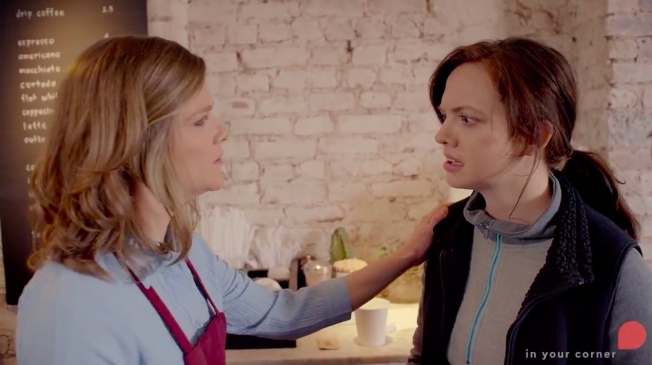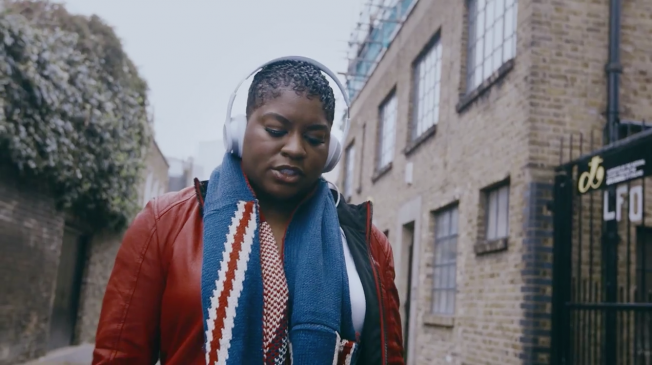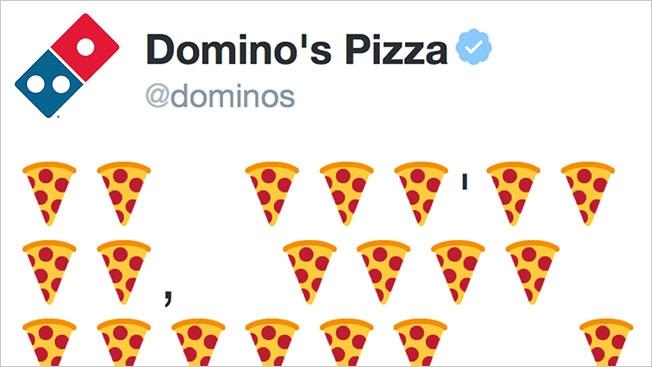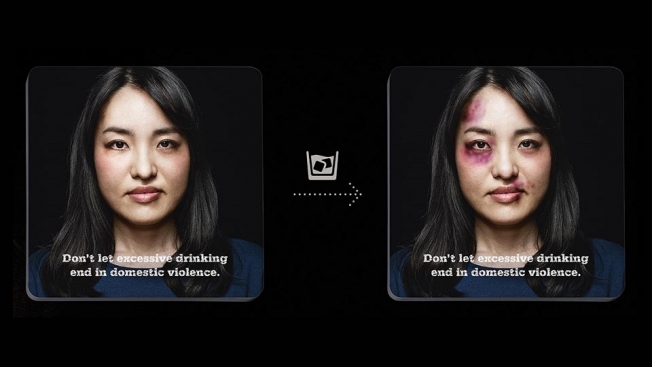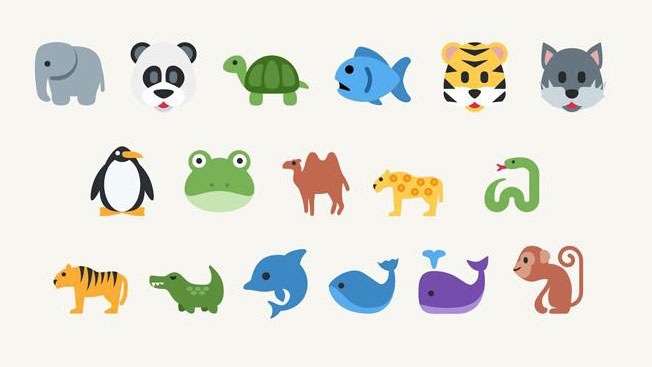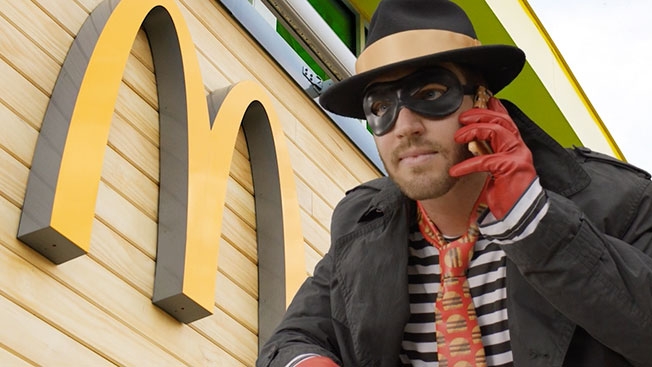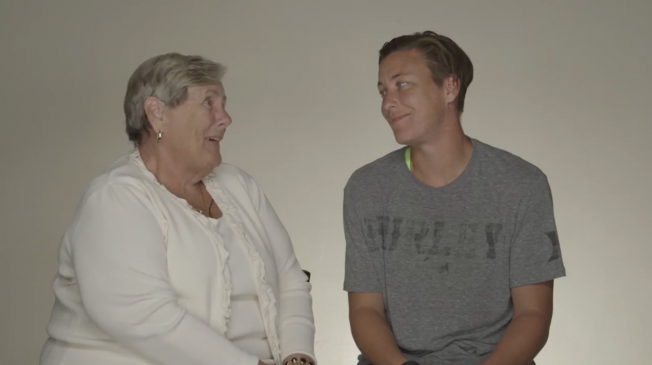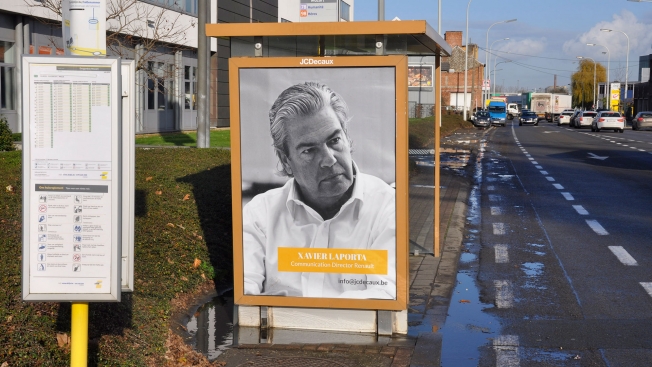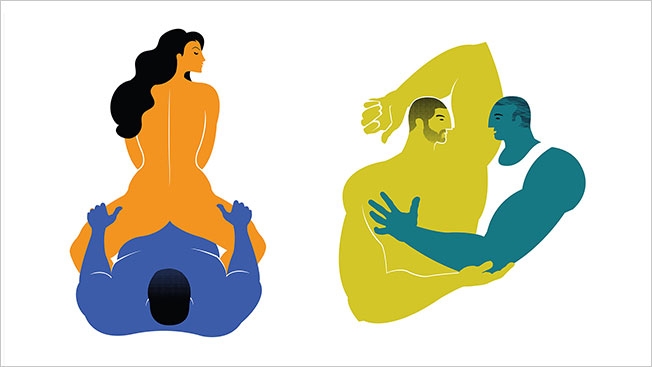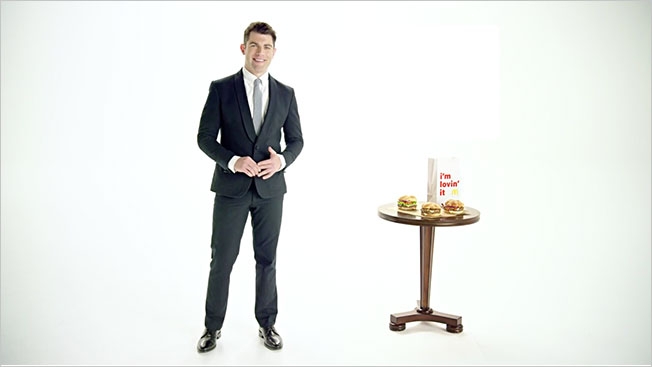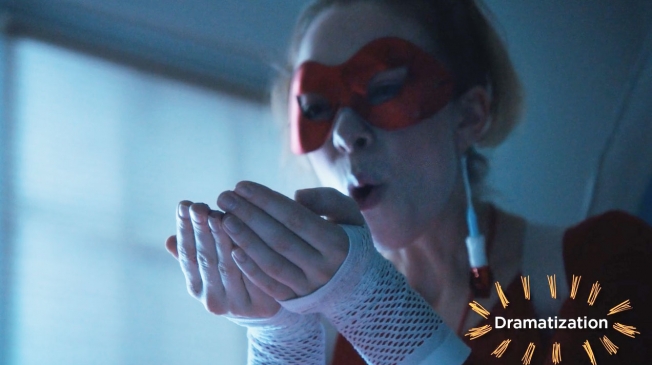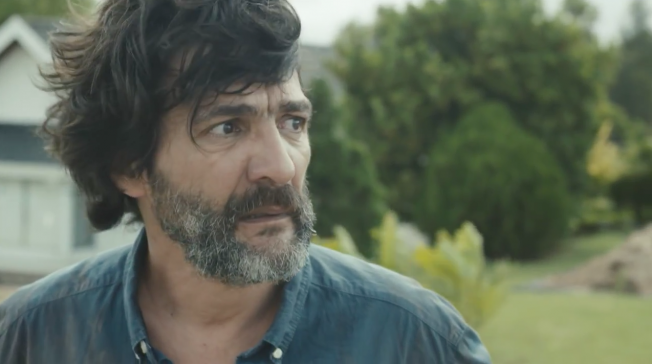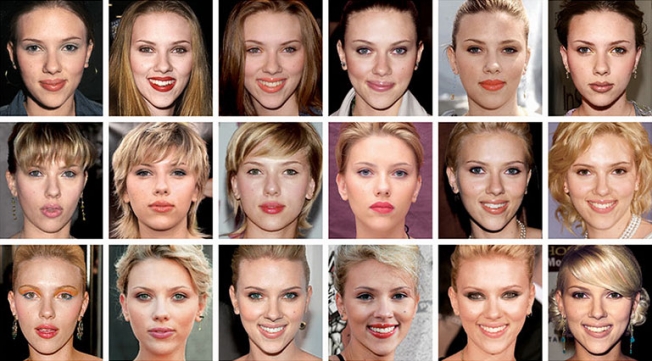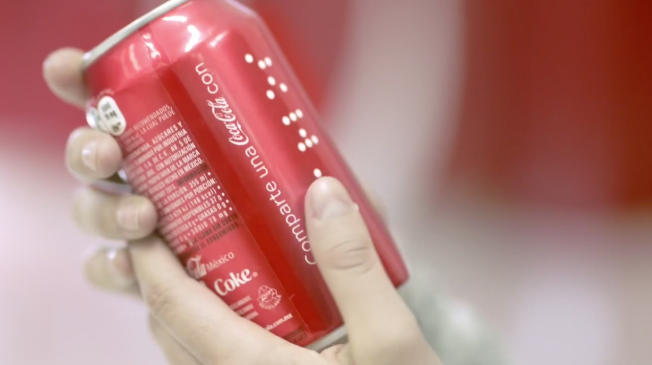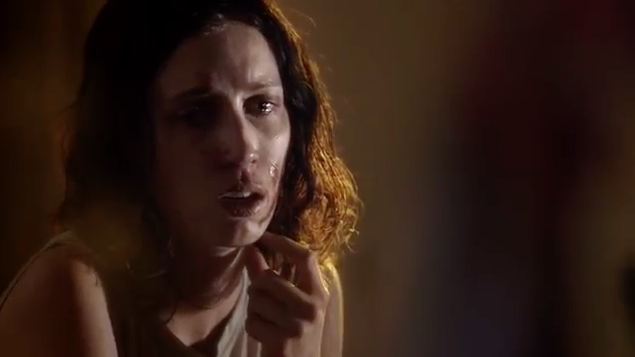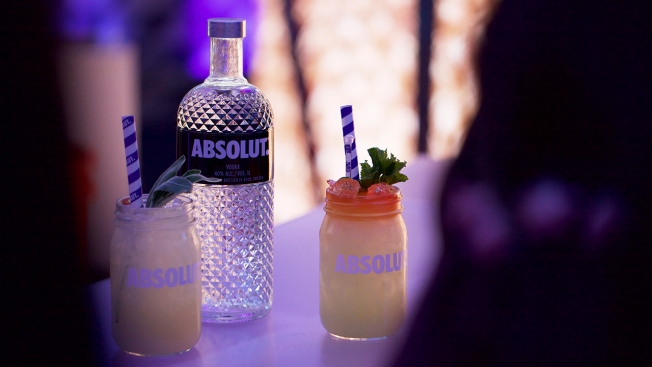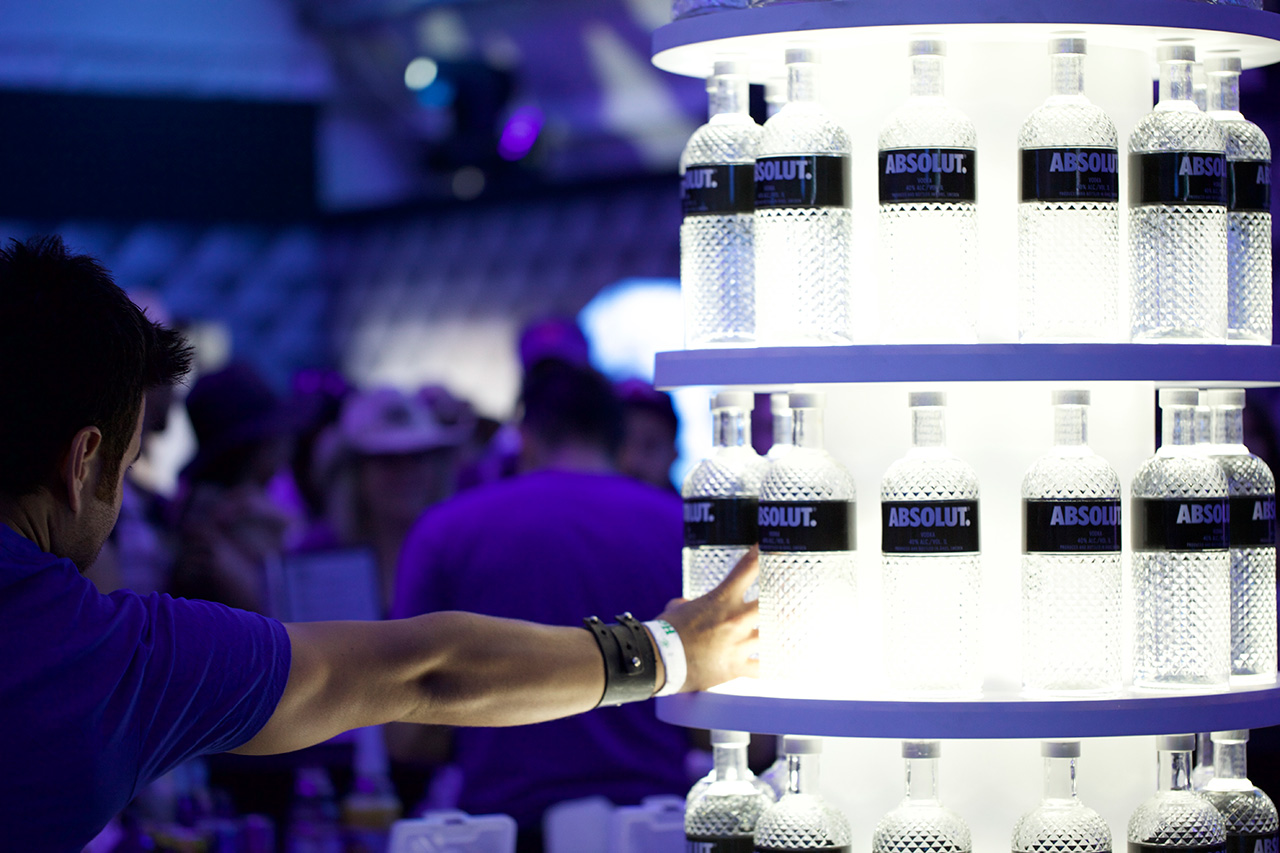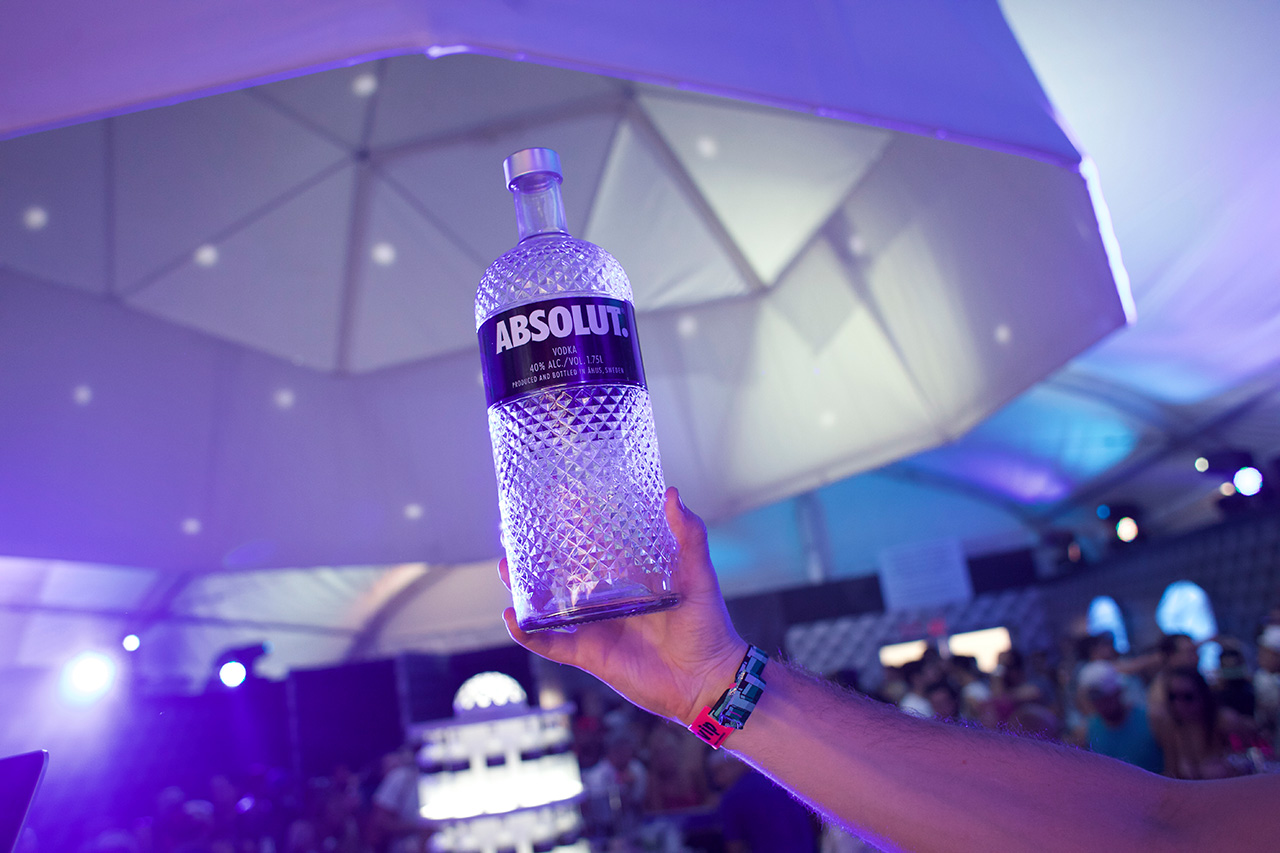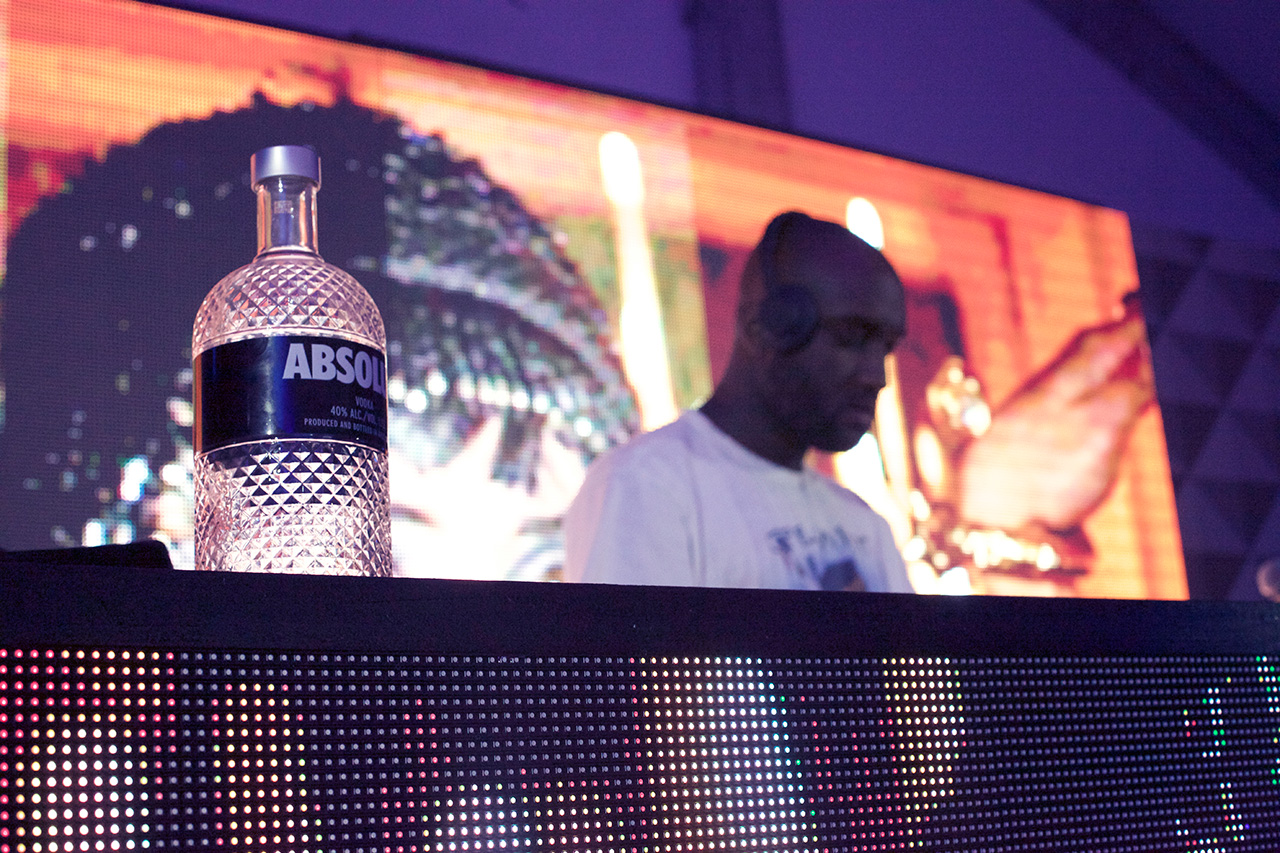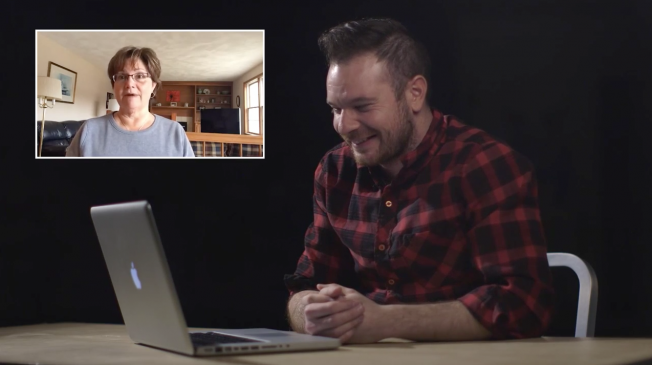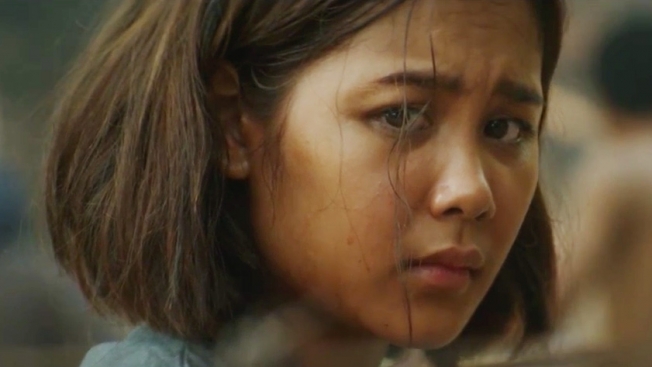Only One Thing Can Save the Grumpy Monster From His Hellish Day in This Cute Ad
Posted in: Uncategorized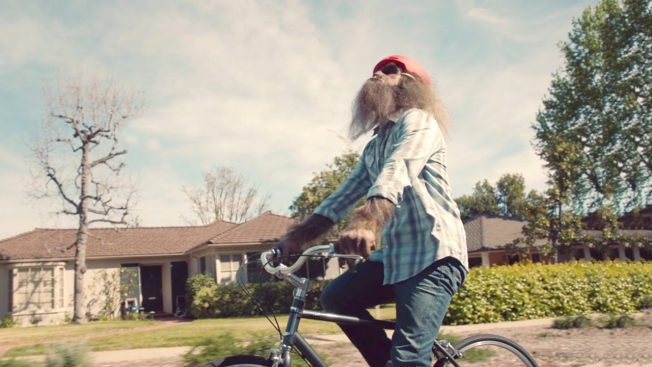
In “Shed the Monster,” the brief, pleasingly silly film below, some guy in a brutish latex mask—he looks like Geico’s caveman—grunts a lot in pissed-off fashion, as all of life’s little challenges conspire to get him down.
Discovering an empty milk carton in the fridge, and no car in the garage, he grabs his bike and angrily peddles to the market. (Note how he signals and stops at the stop sign. Good monster!) But along the way, his tension—and beastly makeup—start to fade. By the time he arrives at his destination, he looks and feels human again. (It’ll be tough getting those groceries home without a bike basket, but whatever.)
Evan Fry, creative development chief at Crispin Porter + Bogusky, and photographer Jamie Kripke crafted the video, about the transformational power of cycling, to promote People for Bikes, an enthusiast organization.
“I know this will sound corny and pretentious as hell,” Fry tells AdFreak, “but ever since I was a little kid, cycling in one form or another has been my therapy, my church, my athletic pursuit, my trusted friend and my main vehicle for growth.”
With that in mind, Fry and Kripke concocted a shaggy-man story that portrays biking as a therapeutic activity for the harried masses.
“I’ve always felt that jumping on a bike, no matter how long the ride, really does help you ‘Ride away the grrrr,’ ” says Fey. “It’s awesome to see it resonate with so many folks. For a dot-org to get that many views—32,000 in a month on YouTube—and shares without any paid media to speak of, it is really gratifying.”
See the behind-the-scenes story of the spot here.
CREDITS
Writer/Director: Evan Fry
Writer/Director/DP: Jamie Kripke
Producer: Corey Bartha
Monster: Darin Toonder
Edit: Beast
Editor: Sam Selis
Producer: Erin Dykman
Executive Producer: Ron Rendon
VFX/Online Artist: Jim Reed
Colorist: Dave Ludlam
Executive Producer, Color: Thatcher Peterson
Color Producer: Antonio Hardy
Color Coordinator: Diane Valera
2D Lead: Tim Robbins
VFX Producer: Kiana Bicoy
VFX Coordinator: Jillian Lynes
Music: Beacon Street Studios
Composers: Andrew Feltenstein & John Nau
EP/Head of Production: Leslie DiLullo
Mix and Sound Design: Beacon Street Studios
Mixer: Mike Franklin
Assistant Mixer: Aaron Cornacchio
Monster FX: AFX Studio
Producer: Kate Vadnais
![]()

